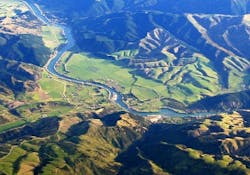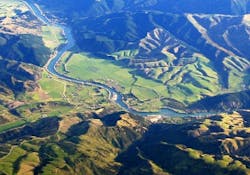Five-year report eases fear over groundwater in Hawke’s Bay, New Zealand
WELLINGTON, New Zealand - A five year Groundwater Quality report has been used to show Hawke’s Bay aquifer systems are suitable for drinking water supply.
The report was presented after more than 5000 people reportedly fell ill in August after drinking water from the Havelock North town supply was contaminated with campylobacter, according to local New Zealand source RNZ.
A total of 78% of the 40 monitoring sites around the region comply with the maximum acceptable values for drinking water, according to the report, which is a 2009-2013 assessment of the State and Trends in Groundwater Quality in Hawke’s Bay.
Hawke’s Bay Regional Council’s (HBRC) said that nitrate levels are typically low and all are better than drinking water standards.
Only three sites had nitrate levels more than 50% of the drinking water standard of 11.3 mg/L. All other sites were less than 50% of the drinking water standard for nitrate, and most sites had nitrate of less than 1 mg/L.
The Regional Council said it had invested more than $7 million in the past five years, undertaking investigations and monitoring groundwater.
Iain Maxwell, HBRC group manager resource management, said: “HBRC has invested close to 7.5 million dollars in the last five years undertaking investigations, monitoring groundwater quality and quantity and developing groundwater models in the main productive aquifers of the region. The information gathered is used to inform policy effectiveness and development and resource consent decision making.”
HBRC is one of 14 regions that takes part in the national pesticide monitoring programme.
###
Read more
New Zealand upgrades drinking water plant capacity using GE membranes

